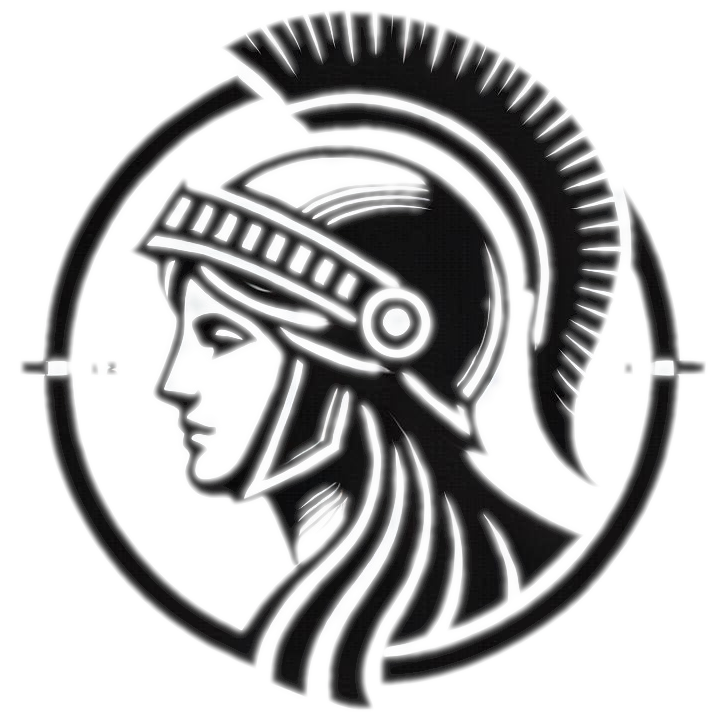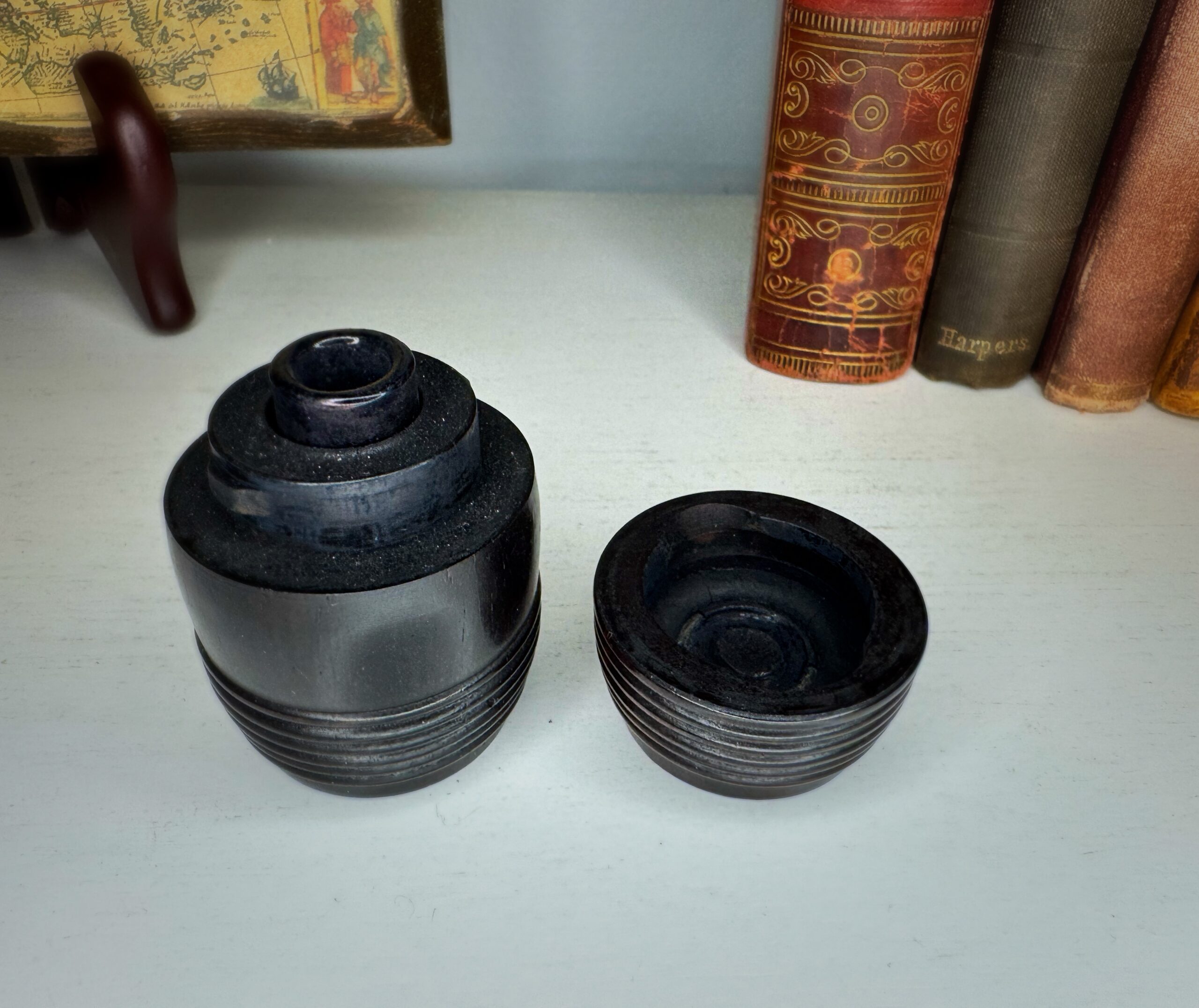Looking at the history of writing instruments, what’s amazing is just how few different types have been used over time. The earliest known writing instrument was the reed pen, which was the dominant type from c. 400 B.C. through 600 C.E. and is made by sharpening a reed straw or length of bamboo. After that, the quill pen, formed from the flight feathers of large birds, become the primary writing instrument during the medieval era, due to its ability to produce fine lettering on parchment. In the 1820s, the quill pen was replaced by the dip pen, which featured a metal nib attached to a wooden holder. After decades of experimentation, the fountain pen became popular in the 1880s, introducing an internal reservoir to hold ink. Lastly, ballpoint pens, which introduced a new, more viscous, type of ink less likely to smudge, came to the market in the 1940s after World War II.
The common attribute of reed, quill, and dip pens is that they did not have an internal reservoir of ink. The writer had to dip them into an inkwell, and capillary action would draw a small amount of ink into the tip, allowing the user to write until that ink was used up, at which time they had to dip again. Inkwells were made in a wide variety of styles, from simple stoneware to elegant brass and crystal.
I find this specific example particularly interesting — it’s a leak-proof traveling inkwell in the shape of a barrel. An internal glass vial holds the ink, situated on a spring inside a rosewood cylinder with a screw-top cap. The spring holds the vial tight when closed, to prevent leaking. Soldiers in the American Civil War needed inkwells in order to be able to write letters home, and this type was standard issue in the Union army.
This example does not have any maker’s mark, but it is most likely made by S. Sillman Co., based in Chester, Connecticut. Sillman was a dominant manufacturer of traveling inkwells during the Civil War period — it is said that Abraham Lincoln owned one himself.
Further reading:


